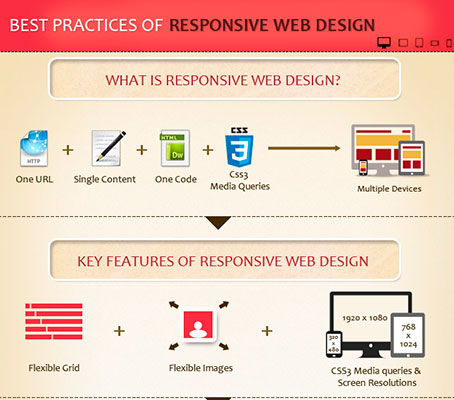Intrigued In Learning Exactly How Site Design Has Changed Throughout The Years? Explore The Trip
Intrigued In Learning Exactly How Site Design Has Changed Throughout The Years? Explore The Trip
Blog Article
Write-Up Author-Thorsen Stender
In the past, web sites were basic and focused on info. Navigation was direct, and layout was for desktop computers. Now, user experience is crucial. Information overviews styles for very easy navigation. Responsive formats suit various devices. Today, dark mode decreases pressure, and minimal menus enhance navigating. Interactive features engage customers, and strong visuals stand out. AI integration enhances engagement. See just how layout has actually progressed to enhance your on the internet trip.
Very Early Days of Web Design
In the early days of web design, simpleness preponderated. Web sites were standard, with minimal colors, font styles, and layouts. The focus was on giving info instead of fancy visuals. Individuals accessed the net via slow-moving dial-up links, so rate and capability were crucial.
Navigation menus were straightforward, generally located on top or side of the page. Websites were created for desktop computers, as mobile surfing wasn't yet widespread. Material was king, and developers focused on easy readability over complex style components.
HTML was the primary coding language used, and designers needed to work within its restrictions. Animations and interactive features were marginal compared to today's standards. Websites were fixed, with little dynamic web content or individualized individual experiences.
Surge of User-Focused Layout
With the development of web site design, a change towards user-focused design concepts has actually become increasingly popular. Today, producing internet sites that focus on individual experience is important for involving site visitors and accomplishing company objectives. User-focused design entails comprehending the demands, preferences, and behaviors of your target audience to tailor the internet site's layout, web content, and features as necessary.
Designers now conduct detailed study, such as user studies and usability testing, to collect understandings and comments directly from users. get redirected here -driven approach helps in producing user-friendly navigating, clear calls-to-action, and aesthetically enticing user interfaces that resonate with site visitors. By putting the individual at the center of the style process, web sites can supply a much more tailored and pleasurable experience.
Responsive design has likewise emerged as a vital facet of user-focused design, making sure that sites are enhanced for different devices and display dimensions. This versatility enhances access and functionality, dealing with the varied means individuals communicate with websites today. Basically, the surge of user-focused layout signifies a shift in the direction of developing digital experiences that focus on the needs and expectations of the end individual.
Modern Trends in Web Design
Check out the most up to date fads forming website design today. One noticeable fad is dark setting style, providing a streamlined and modern look while decreasing eye strain in low-light environments. Another essential pattern is minimalist navigating, simplifying food selections and boosting customer experience by focusing on essential elements. Incorporating micro-interactions, such as computer animated switches or scrolling effects, can produce a much more appealing and interactive website. Receptive layout remains vital, making sure smooth customer experiences across numerous gadgets. Furthermore, utilizing vibrant typography and asymmetrical designs can add aesthetic interest and accentuate certain material.
Incorporating AI innovation, like chatbots for client support or customized suggestions, boosts user engagement and enhances procedures. Access has likewise come to be a considerable trend, with developers focusing on inclusive layout methods to satisfy varied individual requirements. Accepting sustainability by maximizing internet site efficiency for speed and effectiveness is another arising fad in web design. Collaborating with individual feedback and data analytics to iterate and improve layout continuously is vital for remaining appropriate in the ever-evolving digital landscape. By welcoming these modern-day trends, you can create a visually enticing, easy to use web site that resonates with your audience.
Conclusion
As you review the advancement of site layout from the early days to currently, you can see exactly how user-focused style has actually ended up being the driving pressure behind modern-day trends.
Embrace the trip of change and adaptation in web design, constantly keeping the customer experience at the leading edge.
Remain current with the latest patterns and modern technologies, and never stop advancing your approach to produce visually spectacular and straightforward sites.
Develop, adapt, and develop - the future of website design is in your hands.
